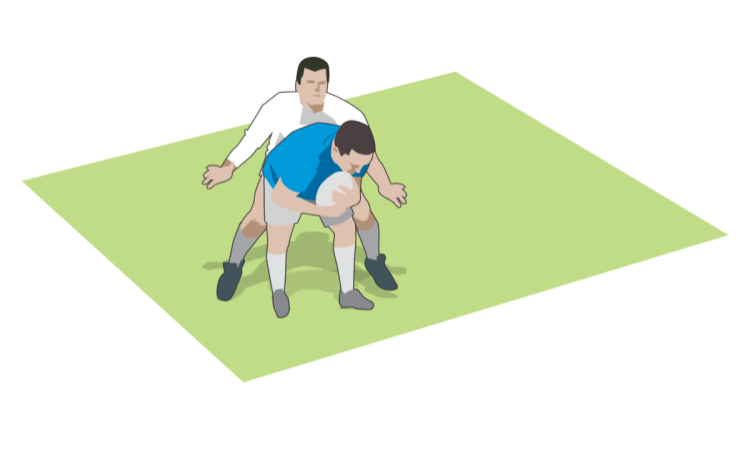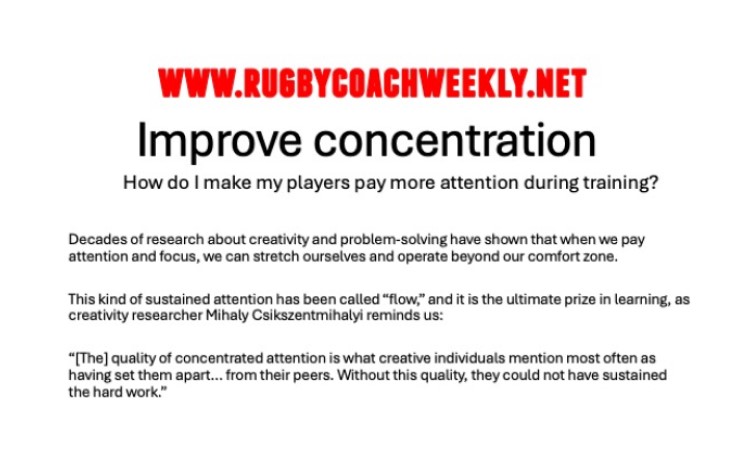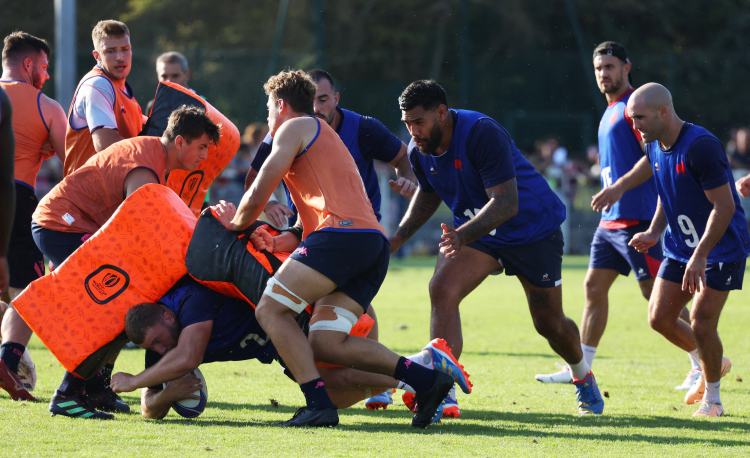You are viewing
1 of your 2 free articles
ABC: Agility before contact
Contactby Dan Cottrell
U11–U12 | CONTACT 2
Help your players manage the ball in contact and win the collision

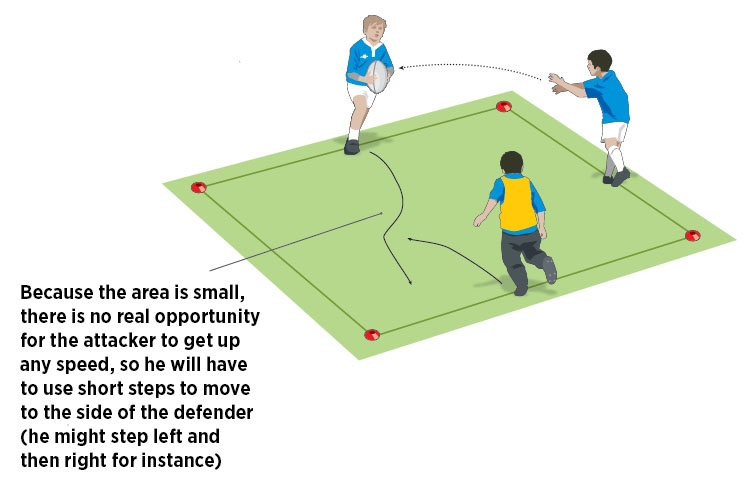
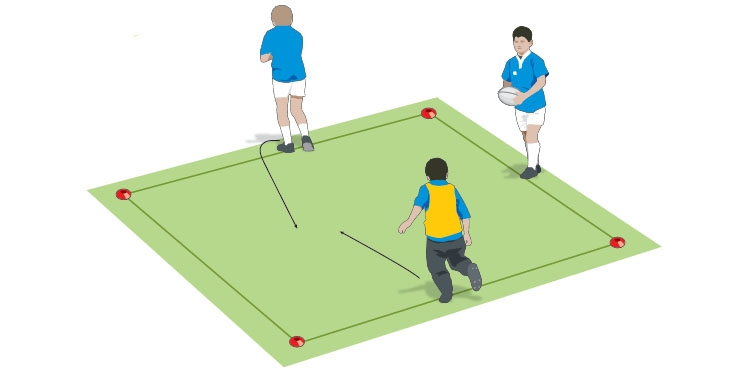

Set up more small square areas and get players working on their 1v1s.
“Take short steps to stay balanced”
“Keep the ball away from the defender”
“Keep moving forward if you can”
Help your players manage the ball in contact and win the collision
- Set out a 3m square area. Put an attacker and defender facing each other on opposite sides of the area and a feeder on one side of the area.
- When you say “go”, the feeder passes the ball to the attacker who attempts to get to the opposite side of the area. If he is tackled, he must present the ball properly.


- Move the game on by having the attacker facing away from the defender before turning to receive the ball. This means he will have to react quicker to avoid the defender.

- Finally, move to the 5m x 3m area and put two attackers against two defenders with a feeder at the side.
- When you say “go”, the feeder can pass to either of the attackers. The attacker then tries to get to the far end. He can pass, offload or be driven forward by his team mate.

You will need
- A 3m square area and a 5m x 3m area
- 1 ball
- Cones
- Bibs
Got more players?
Set up more small square areas and get players working on their 1v1s.
What to tell your players
“Take short steps to stay balanced”
“Keep the ball away from the defender”
“Keep moving forward if you can”
Newsletter Sign Up
Coaches Testimonials

Gerald Kearney, Downtown Las Vegas Soccer Club

Paul Butler, Florida, USA

Rick Shields, Springboro, USA

Tony Green, Pierrefonds Titans, Quebec, Canada
Subscribe Today
Be a more effective, more successful rugby coach
In a recent survey 89% of subscribers said Rugby Coach Weekly makes them more confident, 91% said Rugby Coach Weekly makes them a more effective coach and 93% said Rugby Coach Weekly makes them more inspired.
Get Weekly Inspiration
All the latest techniques and approaches
Rugby Coach Weekly offers proven and easy to use rugby drills, coaching sessions, practice plans, small-sided games, warm-ups, training tips and advice.
We've been at the cutting edge of rugby coaching since we launched in 2005, creating resources for the grassroots youth coach, following best practice from around the world and insights from the professional game.
More from us
© 2023 Rugby Coach Weekly
Part of Green Star Media Ltd. Company number: 3008779
We use cookies so we can provide you with the best online experience. By continuing to browse this site you are agreeing to our use of cookies. Click on the banner to find out more.





